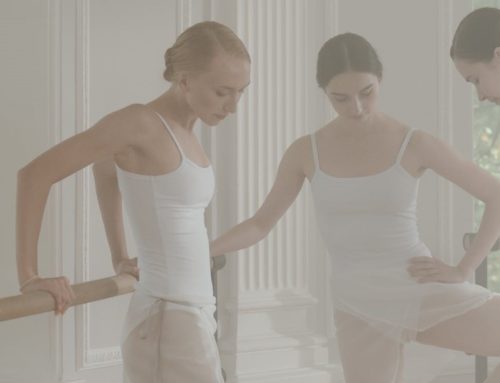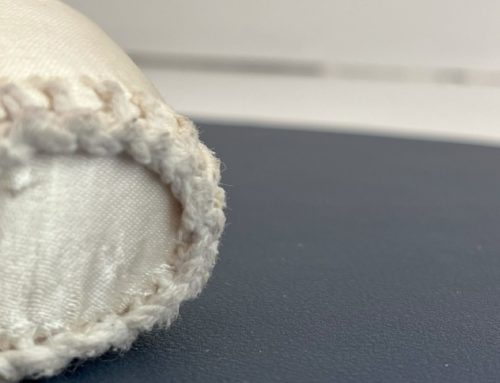Just like feet and pointe shoes, toe padding comes in all different shapes and sizes. It’s important to carefully choose how you cushion your toes en pointe as inappropriate padding can lead to numerous issues like increased pain, restricted range of motion, and higher risk of injury.
Shape and Size:
Ideally, your toe pads should mirror the shape of your metatarsal area. If the metatarsals are considerably tapered, a triangular toe pad is usually appropriate. Similarly, slight tapering requires a more trapezium-shaped padding, and square metatarsals tend to work best in a rounded toe pad.
Toe pads do come in different sizes too. Be sure that your toe pad is not too short or narrow. If the pad is too narrow, the metatarsals may be compressed to a point of ill-function. When toe pads are not long or deep enough, we usually find that dancers experience high levels of discomfort around the joints on the side of the feet.
Construction:
The construction of a toe pad greatly influences how much cushioning it will provide and how much space will be taken up in the actual pointe shoe. Thinner toe pads tend to be more appropriate for dancers who prefer high awareness of the sensation between their feet and the shoes they are working in. This is also recommended for beginners as an understanding of how the feet manipulate a pointe shoe is paramount for successful technical execution.
Thicker toe pads are often better for dancers who do not require as much access to their toe articulation to stably achieve balance en pointe, as they slightly limit range of motion in the metatarsal area. These are also recommended for dancers who’s feet are hyper-sensitive to the pressures of working en pointe.
Toe pads are also constructed with various materials; most commonly silicone, gel and cotton, and other spongy synthetics such as neoprene.
Alternatives:
Some dancers choose not to wear toe pads at all. Others who require minimal inserts in their shoes may use items such as silicone individual toe protectors, balled-up lamb’s wool, tissue paper, or even simple sticking plasters.
What we recommend:
If you are unsure of which toe padding is best for you, or you’d like to change your current padding accessories, we recommend visiting us in-store. Simply changing the shape or material of toe padding will influence not only how your feet function in your shoes, but also potentially changes how appropriately the shoes themselves fit.
Our professionally trained fitters are always happy to assist you in finding the best possible padding en pointe and always consider this when supplying toe pads to beginners going en pointe. If you are experiencing difficulty or pain working in pointe shoes, your toe padding accessories may just be the main culprit.






